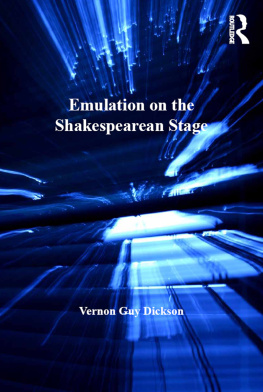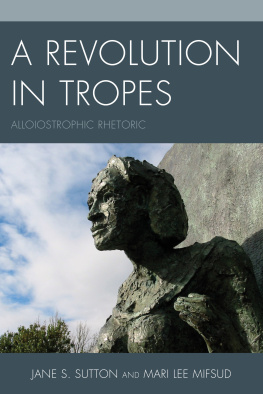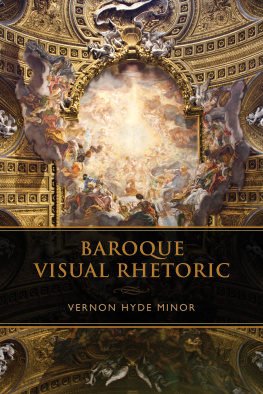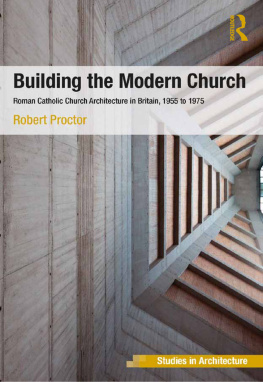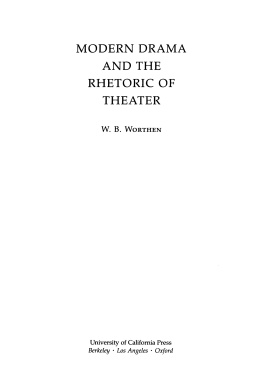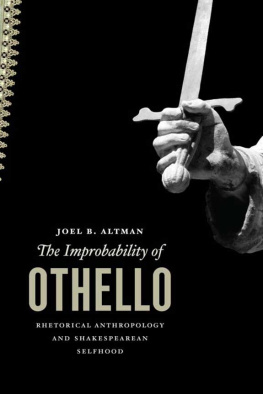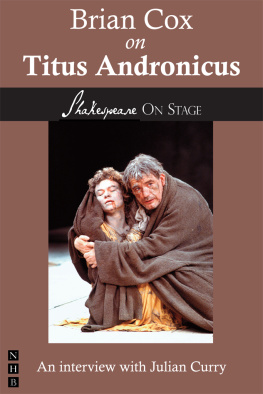EMULATION ON THE SHAKESPEAREAN STAGE
Studies in Performance and Early Modern Drama
General Editors Preface
Helen Ostovich, McMaster University
Performance assumes a string of creative, analytical, and collaborative acts that, in defiance of theatrical ephemerality, live on through records, manuscripts, and printed books. The monographs and essay collections in this series offer original research which addresses theatre histories and performance histories in the context of the sixteenth and seventeenth century life. Of especial interest are studies in which womens activities are a central feature of discussion as financial or technical supporters (patrons, musicians, dancers, seamstresses, wigmakers, or gatherers), if not authors or performers per se. Welcome too are critiques of early modern drama that not only take into account the production values of the plays, but also speculate on how intellectual advances or popular culture affect the theatre.
The series logo, selected by my colleague Mary V. Silcox, derives from Thomas Combes duodecimo volume, The Theater of Fine Devices (London, 1592), Emblem VI, sig. B. The emblem of four masks has a verse which makes claims for the increasing complexity of early modern experience, a complexity that makes interpretation difficult. Hence the corresponding perhaps uneasy rise in sophistication:
Masks will be more hereafter in request,
And grow more deare than they did heretofore.
No longer simply signs of performance in play and jest, the mask has become the double face worn in earnest even by the best of people, in order to manipulate or profit from the world around them. The books stamped with this design attempt to understand the complications of performance produced on stage and interpreted by the audience, whose experiences outside the theatre may reflect the emblems argument:
Most men do use some colourd shift
For to conceal their craftie drift.
Centuries after their first presentations, the possible performance choices and meanings they engender still stir the imaginations of actors, audiences, and readers of early plays. The products of scholarly creativity in this series, I hope, will also stir imaginations to new ways of thinking about performance.
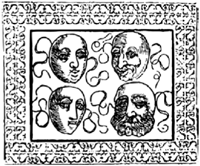
Emulation on the Shakespearean Stage
VERNON GUY DICKSON
Florida International University, USA

First published 2013 by Ashgate Publishing
Published 2016 by Routledge
2 Park Square, Milton Park, Abingdon, Oxon OX14 4RN
711 Third Avenue, New York, NY 10017, USA
Routledge is an imprint of the Taylor & Francis Group, an informa business
Copyright 2013 Vernon Guy Dickson
Vernon Guy Dickson has asserted his right under the Copyright, Designs and Patents Act, 1988, to be identified as the author of this work.
All rights reserved. No part of this book may be reprinted or reproduced or utilised in any form or by any electronic, mechanical, or other means, now known or hereafter invented, including photocopying and recording, or in any information storage or retrieval system, without permission in writing from the publishers.
Notice:
Product or corporate names may be trademarks or registered trademarks, and are used only for identification and explanation without intent to infringe.
British Library Cataloguing in Publication Data
A catalogue record for this book is available from the British Library.
Library of Congress Cataloging-in-Publication Data
Dickson, Vernon Guy.
Emulation on the Shakespearean stage / by Vernon Guy Dickson.
pages cm.(Studies in Performance and Early Modern Drama)
Includes bibliographical references and index.
ISBN 978-1-4094-6928-5 (hardcover: alk. paper)
1. Shakespeare, William, 15641616Criticism and interpretation. 2. Imitation in literature. 3. English dramaEarly modern and Elizabethan, 15001600History and criticism. I. Title.
PR2997.I46D53 2013
822.33dc23
2013007742
ISBN 9781409469285 (hbk)
ISBN 9781315579412 (ebk)
To Danielle for unswerving support and patienceand for constant love
To Alanna, Brennan, and Erik, for the perspective that always comes from your smiles and laughs, and for time spent together with each of you
In Memory of Naida Richardson Dickson (19162004),
a woman devoted to education and learning,
who gave me my first copy of the complete works of Shakespeare
and led by exampleand always with fun
Contents
Acknowledgements
My list of debts is long and I can only express my brief thanks here to some of the many people who have helped make this book possible. Most of all, I thank Curtis Perry. His scholarly example and incisive comments rest firmly at the foundation of what is of most worth in this study. My early interest in rhetoric, begun with Nancy Christiansen, deepened and matured through numerous invigorating (and generous) conversations with Sharon Crowley. I am also grateful to Bruce Young, Cora Fox, Duane Roen, Frank Whigham, Wayne Rebhorn, Jon Stone, Lynette Austin, Carol Mejia-LaPerle, and many others, particularly at various Shakespeare Association of America conferences, who have shared insights, conversations, and comments that have helped this work to grow and improve.
Jean Brink introduced me to the treasures of the Huntington Library and after her retirement continued to meet with me there. I am grateful to the library for many visits and countless requests fulfilled, not to mention beautiful work conditions. Equally I am grateful to Interlibrary Loan librarians at Florida International University and Arizona State University for service above and beyond expectation in finding so many needed materials. Thanks also to the Folger Shakespeare Library for their support when I needed it.
I am grateful to Florida International University for research grants and support as I pursued the completion of this book. Perhaps even more, I am grateful to the members of the English Department here for ongoing conversations and encouragement, particularly Andrew Strycharksi, Carmela McIntire, Meri-Jane Rochelson, Kimberly Harrison, Kathleen McCormick, and Bruce Harvey. I am especially thankful to my department chair, James Sutton, for support and wisdom throughout.
My most recent debts are to Erika Gaffney at Ashgate, who has most helpfully pursued the publication of this book, supporting me at every turn in the process, and Helen Ostovich, the General Editor of the Studies in Performance series, in which this work gratefully appears.
I feel the need to recognize two of my early mentors, Gary Hatch and O M Brack, who both passed before I could show them this completed work. I appreciate all of their guidance and wisdom shared. This work reminds me of them and their generosity.
Finally, my deepest gratitude is to my familyalways examples of learning and diligence, tempered with love and fun. My thanks to my parents, to Kevin (who blazed a path and shared wise counsel and insight, no matter how late at night), and to Greg (who reminds me to unwind and find the positive aspects of life). I am most grateful to my wife, Danielle, who has learned more about Shakespeare, the Renaissance, and rhetoric than shed ever had cared to, but has nonetheless continued to read and review countless pages and drafts and revisionsand helped me to see things from others perspective and with greater clarity. This work is (as I am) better because of her.
Next page
